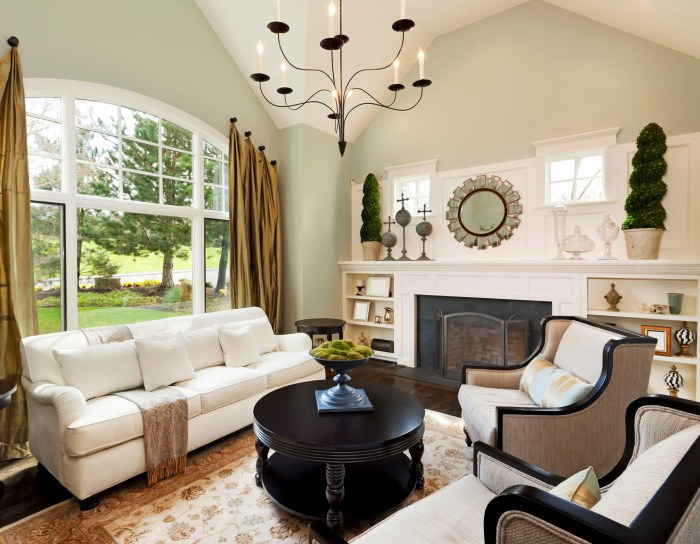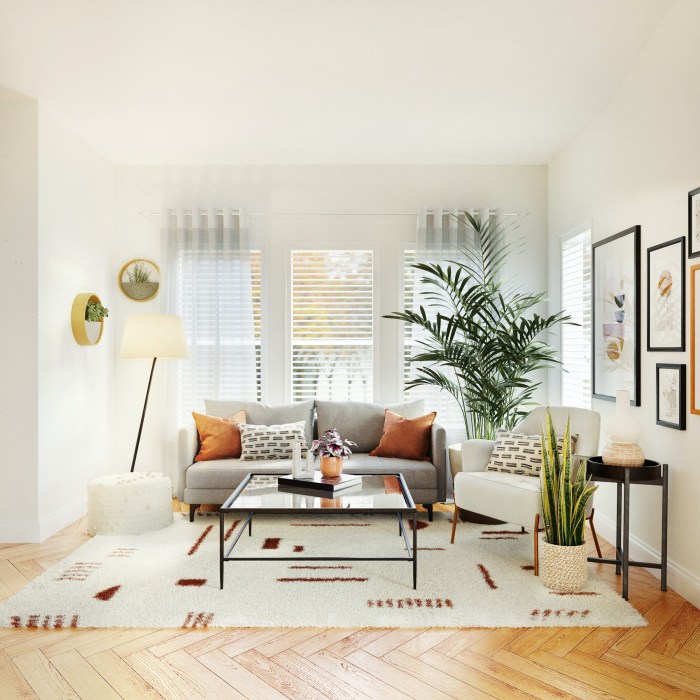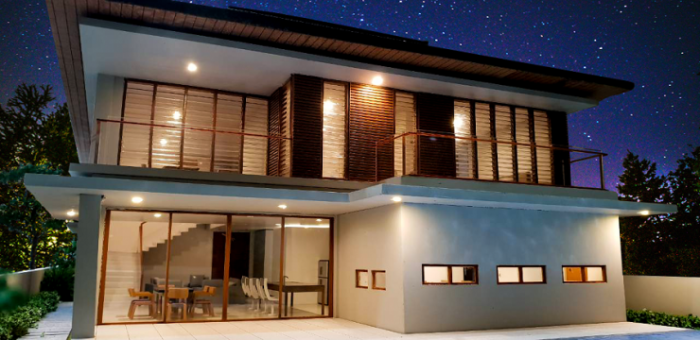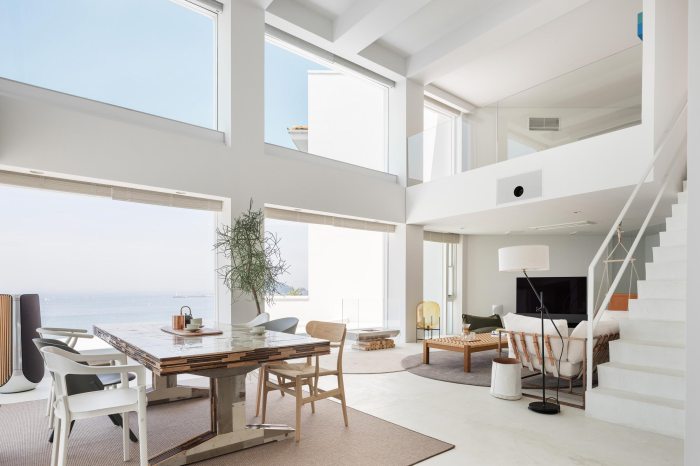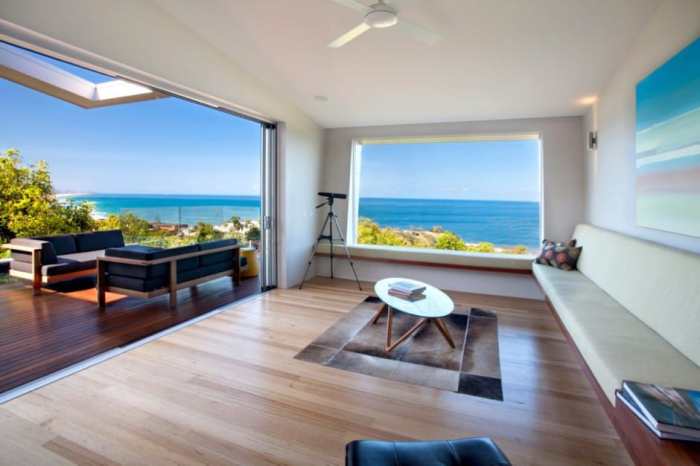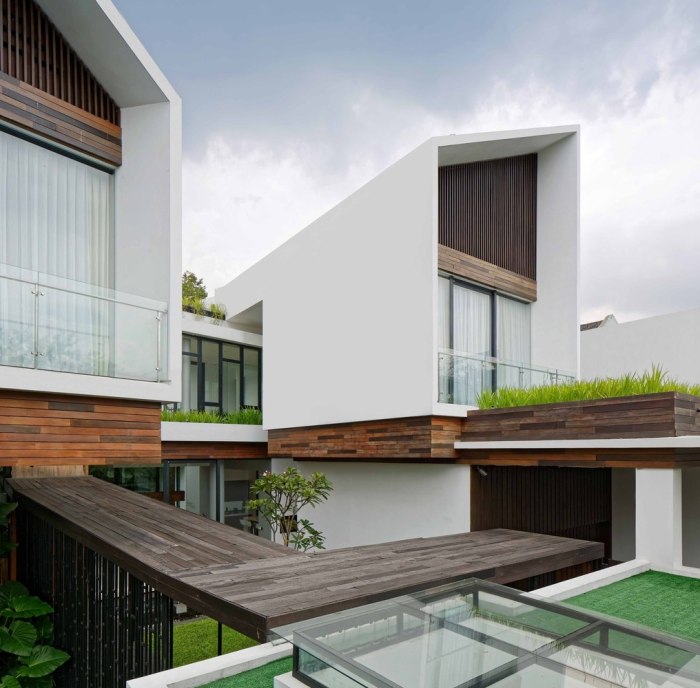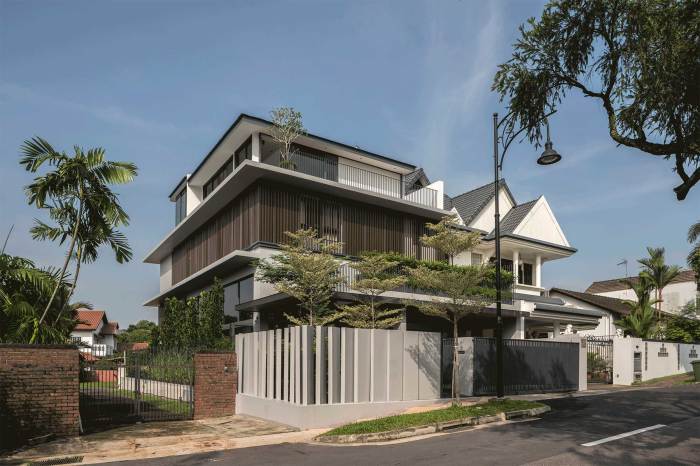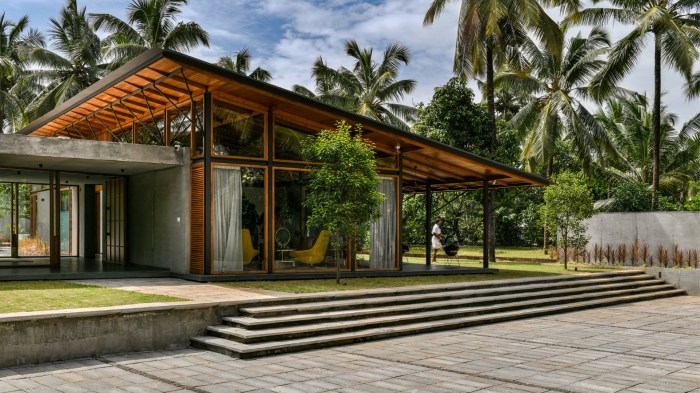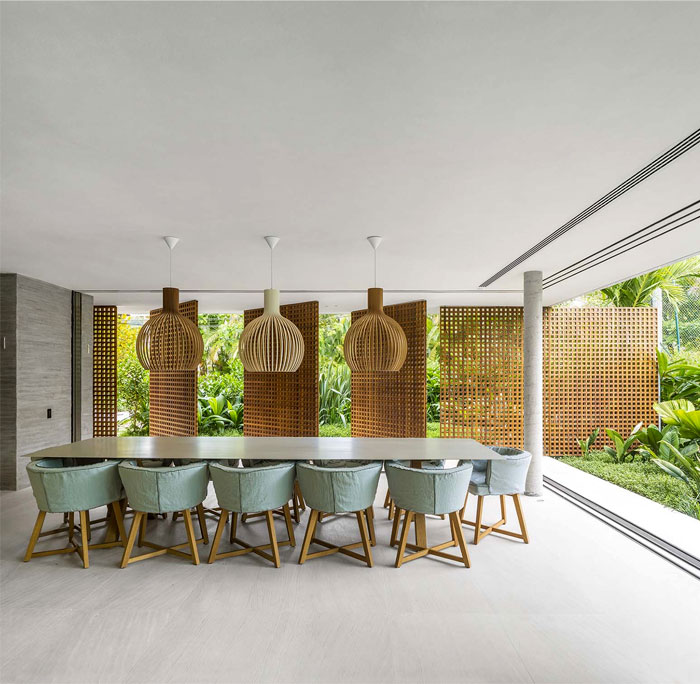The allure of a beautifully renovated home often clashes with the stark reality of professional renovation costs. However, a burgeoning movement empowers homeowners: DIY budget home projects. This approach leverages ingenuity and readily available resources to achieve stunning transformations, significantly reducing expenses while fostering a sense of personal accomplishment. The science of efficient material use and clever design principles becomes your ally, turning potential frustrations into rewarding experiences.
From repainting walls to upcycling furniture, the possibilities are as vast as your creativity.
This guide delves into the practical aspects of various DIY projects, providing step-by-step instructions and cost-effective solutions. We’ll explore the essential tools and materials needed, examine efficient painting techniques that minimize waste, and uncover the secrets to upcycling and repurposing furniture to create unique, personalized spaces. We’ll also tackle simple home repairs, budget-friendly landscaping, and clever organization strategies, all while emphasizing cost savings and environmental consciousness.
By understanding the basic principles of home improvement, coupled with a dash of creativity, you can achieve remarkable results without breaking the bank.
Introduction to DIY Budget Home Projects
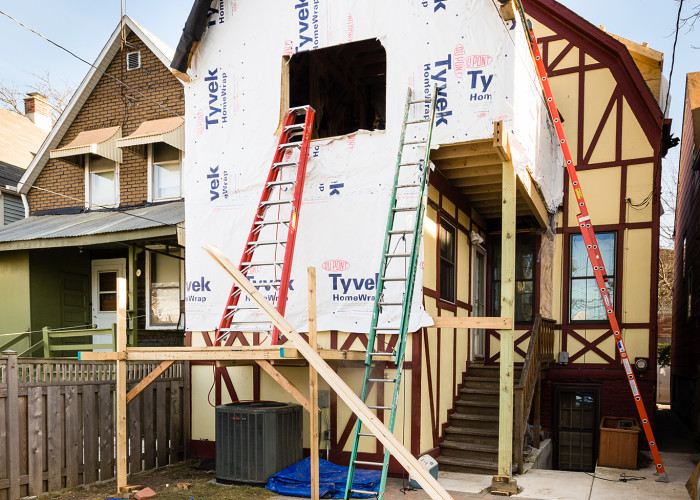
The allure of DIY home improvement projects on a budget stems from a potent combination of financial savings and personal fulfillment. For many homeowners, the prospect of transforming their living spaces while simultaneously controlling costs and gaining valuable hands-on experience is incredibly appealing. This approach allows for greater creativity and customization, resulting in a home that truly reflects the owner’s personal style and needs, often exceeding the limitations of pre-packaged solutions.
Furthermore, the satisfaction derived from successfully completing a project is a significant motivator, fostering a sense of accomplishment and pride.The potential cost savings associated with DIY versus hiring professionals can be substantial, often exceeding 50% depending on the project’s complexity and the prevailing hourly rates for skilled labor in a given region. For instance, repainting a single room might cost hundreds of dollars if outsourced, whereas purchasing paint and supplies independently could reduce the expense to a fraction of that cost.
Similarly, simple repairs like fixing a leaky faucet or replacing a broken light switch, tasks easily managed by a moderately handy individual, can avoid costly service calls. The savings are not only financial; time management also becomes a factor, allowing homeowners to schedule projects according to their availability, rather than being constrained by the schedules of contractors.
Essential Tools and Materials for Common DIY Projects
The tools and materials required for common DIY projects vary greatly depending on the specific task. However, a basic toolkit provides a strong foundation for tackling numerous home improvement challenges. Properly maintaining these tools extends their lifespan and enhances the safety and efficiency of each project. Investing in quality, even if it means acquiring them gradually, is often more cost-effective in the long run.
| Category | Tool/Material | Purpose | Notes |
|---|---|---|---|
| Measuring & Marking | Measuring Tape | Accurate measurement of spaces and materials. | Choose a tape measure with a locking mechanism for ease of use. |
| Measuring & Marking | Level | Ensuring surfaces are perfectly horizontal or vertical. | A bubble level is sufficient for most home projects. |
| Fastening | Screwdriver Set (Phillips and Flathead) | Driving and removing screws. | Consider a magnetic tip for improved control. |
| Fastening | Hammer | Driving nails and other fastening tasks. | Choose a claw hammer for easier nail removal. |
| Cutting | Utility Knife | Cutting various materials like cardboard, rope, and some plastics. | Always use caution when handling sharp blades. |
| Cutting | Hand Saw | Cutting wood for smaller projects. | Select a saw with appropriate teeth for the type of wood being cut. |
| Safety | Safety Glasses | Protecting eyes from flying debris. | Essential for all DIY projects involving power tools or hammering. |
| Safety | Work Gloves | Protecting hands from cuts, scrapes, and splinters. | Choose gloves appropriate for the task; leather gloves offer better protection than cloth gloves. |
| General | Putty Knife | Applying and smoothing putty, scraping paint. | A flexible blade is helpful for various applications. |
| General | Duct Tape | A versatile adhesive for temporary repairs and securing materials. | Choose a high-quality duct tape for better adhesion and durability. |
Painting and Decorating on a Budget
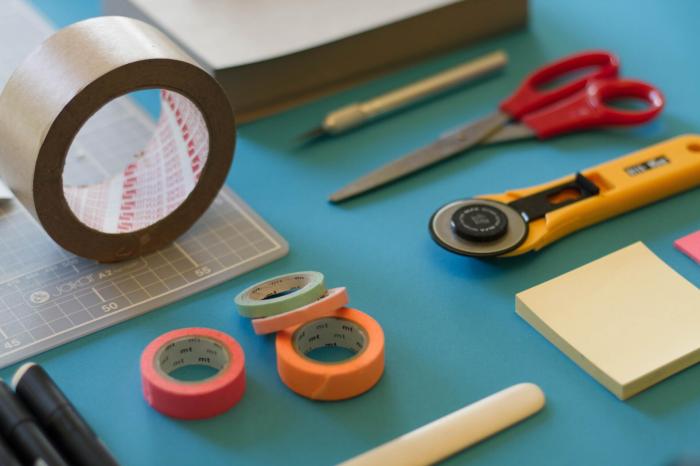
Transforming your home’s aesthetic needn’t break the bank. With careful planning and the application of a few key techniques, you can achieve a stunning, refreshed look without excessive expenditure. This section details budget-friendly painting and decorating strategies, focusing on practicality and efficiency.
Beginner-Friendly Painting Techniques
Choosing the right painting technique significantly impacts both the final look and the time invested. For beginners, simplicity and ease of application are paramount. Three techniques stand out for their accessibility and impressive results.
- One-Stroke Painting: This technique uses a single, loaded brushstroke to apply paint, creating a smooth, even finish. It’s ideal for large, flat surfaces and minimizes brush marks. The key is to use a high-quality brush that holds a generous amount of paint and to practice maintaining a consistent stroke pressure.
- Sponge Painting: Sponge painting offers a textured, subtly uneven finish, perfect for adding visual interest to walls or creating a unique effect on furniture. Different sponge types and application techniques (dabbing, rolling, dragging) yield diverse results. Experimentation is key to finding the perfect look.
- Dry Brushing: This technique involves using a dry brush with a minimal amount of paint to create a distressed or aged look. It’s excellent for adding texture and depth to walls or furniture, providing a rustic or vintage aesthetic. The amount of paint on the brush directly impacts the final effect.
Wall Preparation for Painting
Proper wall preparation is crucial for a professional-looking finish. Neglecting this step often leads to uneven paint application, poor adhesion, and a shorter lifespan for your paint job. The process involves several key steps.
- Surface Cleaning: Begin by thoroughly cleaning the walls to remove dust, dirt, cobwebs, and any loose debris. A damp cloth or sponge is usually sufficient. For stubborn stains, a mild detergent solution may be necessary. Allow the walls to dry completely before proceeding.
- Patching Imperfections: Inspect the walls for holes, cracks, or other imperfections. Use spackling paste or joint compound to fill these areas, allowing them to dry completely before sanding smooth. This ensures a flawless, even surface for painting.
- Priming (if necessary): Priming is essential for surfaces that are porous, stained, or previously painted with a drastically different color. Primer provides a uniform base for the topcoat, ensuring better adhesion and color consistency. Choose a primer appropriate for the surface type and existing paint.
- Sanding: Once the patching compound is dry, lightly sand the repaired areas to create a smooth surface. Remove any dust with a tack cloth or soft brush before painting.
Cost-Effective Living Room Color Scheme
Color psychology plays a significant role in shaping the atmosphere of a room. A well-chosen color scheme can enhance the feeling of spaciousness, promote relaxation, or energize the space. For a budget-friendly living room, consider these options:
- Walls: A soft, neutral shade like “Agreeable Gray” (Sherwin-Williams) creates a calming and versatile backdrop. Its slightly cool undertones prevent it from feeling too sterile. This allows for greater flexibility in furniture and accessory choices.
- Accent Wall: Introduce a pop of color with a single accent wall painted in a complementary shade. A muted teal or a warm, earthy terracotta can add visual interest without overwhelming the space. For instance, a terracotta accent wall can bring a sense of warmth and comfort, while a teal accent wall can add a touch of serenity and sophistication.
- Trim: Maintain a cohesive look by painting the trim in a slightly lighter shade of the wall color or a crisp white. This creates a clean, defined look that enhances the overall aesthetic.
Efficient Room Painting Technique to Minimize Waste
Efficient painting minimizes both time and material waste. Careful planning and execution are key.
- Accurate Measurement: Precisely measure the area to be painted to determine the required amount of paint. Most paint manufacturers provide coverage estimates per gallon or liter. This prevents overbuying and reduces waste.
- Proper Preparation: Thorough preparation, as detailed above, is crucial. Addressing imperfections beforehand reduces the need for touch-ups and prevents wasted paint from uneven application.
- Cutting In: Begin by “cutting in”—painting the edges of the walls and around windows and doors with a brush. This ensures a neat and precise finish before rolling. Use small amounts of paint on your brush to prevent drips and wasted paint.
- Rolling Technique: Use a roller with a nap suitable for the wall texture. Apply paint in “W” or “M” patterns, overlapping each stroke slightly to ensure even coverage. This avoids streaking and ensures optimal paint distribution.
- Paint Storage: Properly seal leftover paint to prevent it from drying out. This allows for future touch-ups or use in other projects.
Upcycling and Repurposing Furniture
Upcycling and repurposing furniture offers a sustainable and cost-effective way to refresh your home décor while reducing waste. This process involves transforming old, unwanted furniture into functional and aesthetically pleasing pieces, breathing new life into items that might otherwise end up in landfills. The principles of upcycling leverage the existing structure and materials, minimizing environmental impact and maximizing resource utilization.
This approach not only saves money but also allows for creative expression and the development of unique, personalized furniture.
Examples of Easily Upcycled Furniture
Many common household furniture items are prime candidates for upcycling. Wooden chairs, with their sturdy construction, are easily refinished with paint or stain. Dressers, offering ample surface area and storage, can be transformed with new hardware, paint, and decoupage techniques. Coffee tables, side tables, and even old headboards can be given new life through sanding, painting, and the addition of decorative elements.
The key is to select pieces with sound structural integrity, focusing on cosmetic improvements rather than extensive structural repairs.
Refinishing a Wooden Chair: A Step-by-Step Guide
Refinishing a wooden chair involves a straightforward process that yields impressive results. First, the chair must be thoroughly cleaned to remove dirt, dust, and any existing finishes. This is best accomplished using a stiff brush and a mild detergent solution. Next, the surface needs to be sanded using progressively finer grit sandpaper (starting with a coarser grit, such as 80, and moving to a finer grit, such as 220) to smooth out any imperfections and create a surface suitable for paint adhesion.
This sanding process removes old varnish or paint, revealing the natural wood grain. After sanding, the chair should be primed with a high-quality wood primer, ensuring even coverage and preventing the wood from absorbing the topcoat unevenly. Once the primer is dry, the chair can be painted with the desired color, using multiple thin coats for optimal coverage and a smooth finish.
Allow ample drying time between coats. Finally, a sealant can be applied to protect the finish and add durability. The entire process, from start to finish, typically takes a few days, depending on drying times.
Transforming an Old Dresser into a Unique Storage Solution
An old dresser, often overlooked or discarded, can be transformed into a striking and functional storage solution. The process begins with cleaning and sanding the dresser, similar to the chair refinishing process. Once the surface is prepared, the dresser can be painted or stained, allowing for creative choices in color and finish. New hardware, such as knobs or pulls, can drastically change the dresser’s aesthetic, adding a personalized touch.
Decoupage techniques, involving the application of decorative paper or fabric, can add intricate designs and patterns. Adding interior dividers or repurposing drawers for specialized storage (such as jewelry or craft supplies) further enhances functionality. Consider adding LED lighting inside drawers for a modern touch. A simple transformation can turn a drab, outdated dresser into a stylish and practical piece of furniture.
Repurposing Old Jars and Cans into Decorative Items
Empty glass jars and metal cans, often destined for the recycling bin, can be easily repurposed into charming decorative items. Clean and dry glass jars can be painted, decoupaged, or used as vases for flowers or small plants. Metal cans, after thorough cleaning and removal of sharp edges, can be painted and used as planters, pencil holders, or even candle holders.
The possibilities are limited only by creativity. For instance, small jars can be filled with colorful sand, beads, or dried flowers, creating miniature terrariums. Larger cans can be transformed into unique lampshades by adding a light fixture inside. This simple repurposing reduces waste and allows for the creation of personalized decorative accents.
Simple Home Repairs and Improvements
Tackling minor home repairs and improvements not only saves money but also empowers homeowners to maintain and enhance their living spaces. These projects, often manageable with basic tools and readily available materials, can significantly impact comfort, efficiency, and property value. Understanding the underlying principles of these repairs allows for effective and safe execution.
Leaky Faucet Repair
A dripping faucet, besides being annoying, wastes water and money. The process of fixing a leaky faucet involves identifying the type of faucet (compression, cartridge, ball, or ceramic disc) and sourcing the appropriate replacement parts. Generally, the repair involves turning off the water supply, disassembling the faucet, replacing worn-out O-rings, washers, or cartridges, and reassembling the faucet, ensuring proper water flow and tightness.
For example, a compression faucet repair often requires replacing worn-out washers; a cartridge faucet may need a new cartridge. The specific steps vary depending on the faucet type, but the fundamental principle is to replace the damaged components responsible for sealing the water flow. Improperly tightened components can lead to leaks, while over-tightening can damage the faucet.
Drywall Hole Patching
Small holes in drywall, often resulting from accidental impacts or removed fixtures, are easily repairable. The process starts with cleaning the area around the hole, removing any loose debris. Next, a suitable patching compound is applied, typically using a putty knife to fill the hole and create a smooth surface. Once the patch dries, it’s sanded smooth to blend seamlessly with the surrounding wall.
Finally, the patched area is primed and painted to match the existing wall color. For larger holes, a piece of drywall might need to be cut and installed, followed by the same patching, sanding, and painting process. The key is to use enough patching compound to fill the hole completely without creating excess buildup that requires extensive sanding.
Light Switch Replacement
Replacing a broken light switch is a straightforward electrical task, but safety precautions are paramount. Before starting, turn off the power to the circuit at the breaker box. This is crucial to prevent electrical shock. The old switch is then removed, usually by loosening screws and carefully pulling it out of the electrical box. The new switch is wired in, matching the wires to their corresponding terminals, typically marked with screws or push-in connectors.
The switch is then secured in the electrical box and the cover plate is reattached. The power is then restored to the circuit, and the switch is tested. Incorrect wiring can lead to malfunction or electrical hazards, so careful attention to wire connections is essential.
Home Insulation Improvement
Improving home insulation reduces energy loss, lowering heating and cooling costs. Affordable methods include adding weather stripping around doors and windows to seal air gaps. Caulk can similarly seal gaps around window frames and baseboards. Insulating attics and crawl spaces with readily available insulation rolls or batts is another effective measure. For exterior walls, adding rigid foam insulation panels to the exterior can improve insulation.
These methods are effective because they reduce the transfer of heat between the inside and outside of the home. For example, a well-insulated attic can reduce heat loss in winter and heat gain in summer, leading to lower energy bills. The effectiveness of insulation is measured by its R-value, a higher R-value indicating better insulation.
Budget-Friendly Landscaping and Gardening

Transforming your outdoor space into a vibrant and inviting haven doesn’t require a hefty budget. By employing strategic planning and utilizing readily available resources, you can create a beautiful and functional landscape that thrives without breaking the bank. This section explores practical techniques and cost-effective solutions for achieving a flourishing garden, focusing on low-maintenance practices and resourcefulness.
Creating a Low-Maintenance Garden Using Native Plants
Selecting native plants offers a multitude of benefits for budget-conscious gardeners. Native species are naturally adapted to the local climate and soil conditions, requiring less water, fertilizer, and pesticides compared to non-native plants. This reduces ongoing maintenance costs and environmental impact. Furthermore, native plants often attract beneficial insects and pollinators, contributing to a healthier ecosystem in your garden.
Consider researching your region’s native flora to identify species suitable for your specific sunlight and soil conditions. For instance, in arid regions, succulents and drought-tolerant grasses thrive with minimal intervention. In wetter climates, selecting native shade-loving plants like ferns or hostas can create a lush and low-maintenance environment. The key is to choose plants that naturally fit within your local ecosystem, reducing the need for artificial interventions.
Building a Simple Raised Garden Bed Using Recycled Materials
Raised garden beds offer several advantages, including improved drainage, better soil control, and increased accessibility. Instead of purchasing expensive lumber, repurpose readily available materials to construct your raised beds. Pallets, reclaimed wood, or even large plastic containers can be utilized to create functional and aesthetically pleasing structures. For example, repurposed pallets, once cleaned and treated, can form the framework for a rustic-looking raised bed.
Ensure the wood is treated to prevent rot and decay. Similarly, large plastic containers, such as those used for storing food or other goods, can be arranged to create modular raised beds. Remember to line the interior of the containers with landscape fabric to prevent soil from leaching out. This approach minimizes material costs and promotes sustainable gardening practices.
Propagating Plants from Cuttings
Plant propagation from cuttings is a highly cost-effective method for expanding your garden without constantly purchasing new plants. Many common garden plants, including herbs, shrubs, and even some flowering plants, can be easily propagated from stem cuttings. The process involves taking a healthy stem cutting, treating it with rooting hormone (optional but beneficial), and planting it in a suitable medium such as potting mix or vermiculite.
Maintaining consistent moisture levels is crucial for successful propagation. Once roots develop, the new plant can be transplanted into your garden or into larger containers. This technique allows for the expansion of your garden at a fraction of the cost associated with purchasing new plants. For example, propagating herbs like rosemary or lavender allows for easy expansion of these fragrant plants without needing to constantly buy new seedlings.
Low-Cost, Drought-Tolerant Plants Suitable for Various Climates
Choosing drought-tolerant plants significantly reduces water consumption and maintenance requirements. The selection will vary depending on the climate.
- Arid/Mediterranean Climates: Lavender, Rosemary, Thyme, Sedum, Yucca
- Temperate Climates: Coneflowers, Black-eyed Susans, Daylilies, Russian Sage, Perovskia
- Subtropical/Tropical Climates: Lantana, Bougainvillea, Plumbago, Hibiscus (certain varieties)
Note: Always check the specific water requirements for any plant you choose, as even drought-tolerant varieties may need occasional watering, especially during establishment. Local nurseries can provide valuable advice on plants best suited for your specific microclimate.
Organizing and Decluttering on a Budget

Effective organization and decluttering significantly enhance the functionality and aesthetic appeal of any living space, particularly in smaller homes. The psychological benefits are also substantial, reducing stress and improving focus. Surprisingly, achieving a clutter-free environment doesn’t necessitate expensive storage solutions; creativity and resourcefulness are key. This section explores practical strategies for decluttering and organizing on a budget, utilizing readily available materials and repurposed items.
Decluttering Small Spaces Without Purchased Storage
The principle of decluttering hinges on the Pareto principle, also known as the 80/20 rule. This suggests that 80% of our problems stem from 20% of our possessions. Therefore, identifying and eliminating that 20% is paramount. Begin by meticulously sorting through belongings, categorizing items into three piles: keep, donate/sell, and discard. For small spaces, ruthless elimination is crucial.
Donating or selling unwanted items not only clears space but also potentially generates funds for future projects. Discarding truly unnecessary items reduces waste and minimizes clutter. The process should be systematic and thorough, focusing on functionality and sentimental value.
Benefits of Repurposed Containers for Storage
Repurposing containers offers several advantages beyond cost savings. Using existing containers reduces waste, aligning with environmentally conscious practices. Furthermore, repurposed containers often possess unique aesthetics, adding character and charm to the organized space. For instance, old jars can become spice racks, while attractive tins can store stationery or craft supplies. Cardboard boxes, when covered with decorative paper or fabric, transform into stylish storage solutions.
This method allows for personalization and customization, tailoring storage solutions to individual needs and preferences. The inherent variability of repurposed containers fosters creative problem-solving and reduces reliance on standardized, often expensive, storage systems.
Organizing Kitchen Cabinets and Drawers Using Readily Available Materials
Efficient kitchen organization maximizes space and streamlines daily routines. Utilizing readily available materials like cardboard dividers, repurposed shoe boxes, and even empty plastic containers can significantly improve organization. For instance, cardboard dividers, cut to fit cabinet shelves, separate plates, bowls, and cups, preventing stacking and improving accessibility. Shallow drawers can be organized using repurposed shoe boxes, lined with fabric or paper for a more aesthetically pleasing look.
Empty plastic containers, labeled clearly, can store spices, pasta, or other dry goods, enhancing visibility and accessibility. This approach promotes efficient use of vertical space, making the most of limited cabinet and drawer space.
Creating a Functional and Aesthetically Pleasing Home Office Space Using Affordable Solutions
A productive home office doesn’t require extravagant expenditures. Repurposing existing furniture, such as a sturdy dining table or a repurposed dresser, can serve as a functional desk. Shelving can be created using inexpensive brackets and planks of wood, offering customizable storage solutions. Mason jars or repurposed tins can be used to organize pens, pencils, and other office supplies.
A simple, inexpensive desk lamp provides adequate task lighting. By prioritizing functionality and incorporating creative storage solutions, a productive and aesthetically pleasing home office can be achieved without exceeding a budget. This approach emphasizes practicality and resourcefulness, demonstrating that a productive workspace can be created using readily available, affordable materials.
Visual Guide to DIY Projects
This section provides detailed, step-by-step instructions and visual descriptions for two common DIY home projects: building a simple bookshelf and creating custom window treatments. These projects utilize readily available materials and require minimal specialized tools, making them accessible to beginners. The focus is on practicality, affordability, and achieving an aesthetically pleasing result.
Simple Bookshelf Construction
Building a simple bookshelf is a foundational DIY project that introduces fundamental woodworking techniques. This project utilizes standard lumber readily available at most hardware stores. The dimensions provided can be easily adjusted to suit individual needs and available space. The final product will be a sturdy, functional bookshelf with a clean, minimalist aesthetic.The following materials are required: Three 1x12x8 foot boards for shelves, two 2x4x8 foot boards for sides, wood screws (2.5 inch), wood glue, sandpaper (various grits), wood stain or paint (optional).Construction Steps:
- Cut the 1×12 boards into three equal lengths (approximately 2.67 feet each) to create the shelves. Use a miter saw for precise cuts; a hand saw can also be used, but requires more skill and care.
- Cut the 2×4 boards into two pieces, each 3 feet tall. These will serve as the sides of the bookshelf. Again, a miter saw is recommended for clean, accurate cuts.
- Apply wood glue to the ends of the shelf boards and position them evenly spaced on the inside of the 2×4 side supports. Secure them using wood screws, ensuring the screws are countersunk slightly to avoid protruding above the surface.
- Sand all surfaces smoothly using sandpaper, starting with a coarser grit and progressing to a finer grit for a polished finish. Pay particular attention to the screw heads.
- Apply wood stain or paint (optional) to enhance the appearance and protect the wood. Follow the manufacturer’s instructions for application and drying time.
Visual Description: The finished bookshelf will be a simple, rectangular structure. The three shelves will be evenly spaced within the frame formed by the two 2×4 side supports. The clean lines and unadorned design offer a minimalist aesthetic. The stain or paint will add color and enhance the visual appeal, creating a piece that complements various interior design styles.
The sturdy construction ensures the bookshelf can safely hold a considerable amount of books or other items.
Custom Window Treatment Creation
Creating custom window treatments allows for personalization and cost savings compared to purchasing ready-made options. This project uses inexpensive fabrics and basic sewing skills to produce a functional and aesthetically pleasing window covering. The finished product will offer light filtering capabilities, enhancing privacy and controlling the amount of natural light entering the room.Materials: Fabric (enough to cover the window plus seam allowance), lining fabric (optional), curtain rod, curtain rings, sewing machine (or needle and thread), measuring tape, scissors, iron and ironing board.Construction Steps:
- Measure the window carefully to determine the required fabric dimensions. Add extra fabric for seams and hems. Accurate measurements are crucial for a proper fit.
- Cut the fabric according to the measurements, ensuring straight edges. If using lining fabric, cut a piece of the same size.
- Sew the lining fabric to the main fabric (if using), creating a double layer for added durability and light blocking. This step is optional, depending on the desired level of light filtering.
- Hem the edges of the fabric to prevent fraying. This can be done by hand or with a sewing machine. A simple hem will suffice.
- Attach curtain rings to the top edge of the fabric. These rings will allow the curtain to slide easily along the curtain rod.
- Hang the completed curtain on the curtain rod.
Visual Description: The finished window treatment will be a simple panel of fabric hanging from a curtain rod. The texture of the fabric will be prominent, contributing to the overall aesthetic. The light filtering capabilities will depend on the type of fabric used; sheer fabrics will allow diffused light to pass through, while heavier fabrics will provide more privacy and block more light.
The color and pattern of the fabric can be chosen to complement the room’s decor. The simplicity of the design allows the fabric’s texture and color to take center stage.
Final Conclusion
Embarking on DIY budget home projects is not merely about saving money; it’s about reclaiming control over your living space and fostering a deeper connection with your home. By mastering simple techniques and employing creative problem-solving, you can transform your environment into a reflection of your personal style and resourcefulness. Remember, every successful project, from a freshly painted wall to a repurposed piece of furniture, is a testament to your ingenuity and a step towards a more personalized, aesthetically pleasing, and financially responsible home.
The journey may present challenges, but the rewards – both tangible and intangible – are immeasurable.
Questions and Answers
What are the biggest potential pitfalls of DIY home projects?
Underestimating time and materials needed, lacking essential skills leading to mistakes, and compromising safety are common pitfalls. Thorough planning and research are crucial.
How can I ensure the safety of my DIY projects?
Prioritize safety by using appropriate personal protective equipment (PPE) like gloves and eye protection, following manufacturer instructions for tools and materials, and knowing your limitations. Don’t hesitate to seek professional help for complex or potentially dangerous tasks.
Where can I find affordable materials for my projects?
Thrift stores, online marketplaces, salvage yards, and even your own recycling bin can be treasure troves of affordable materials. Consider repurposing and upcycling before purchasing new items.
How do I determine if a DIY project is beyond my skill level?
Start with simpler projects to build confidence. If a project involves complex plumbing, electrical work, or structural modifications, consult a professional to avoid costly mistakes or safety hazards.
What are some resources available to help me with DIY projects?
Numerous online tutorials, instructional videos, and home improvement websites and blogs offer guidance. Local libraries often have books and resources on DIY projects as well.
